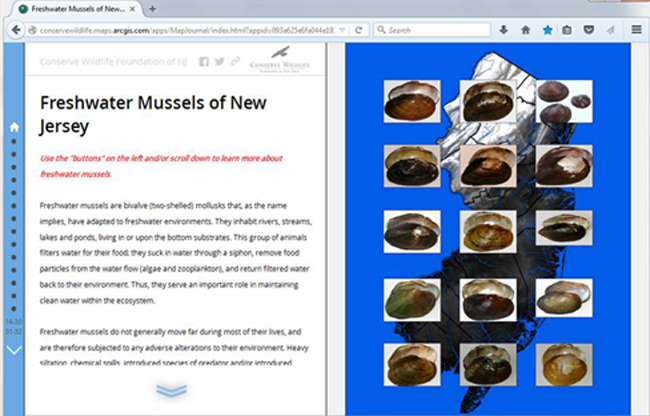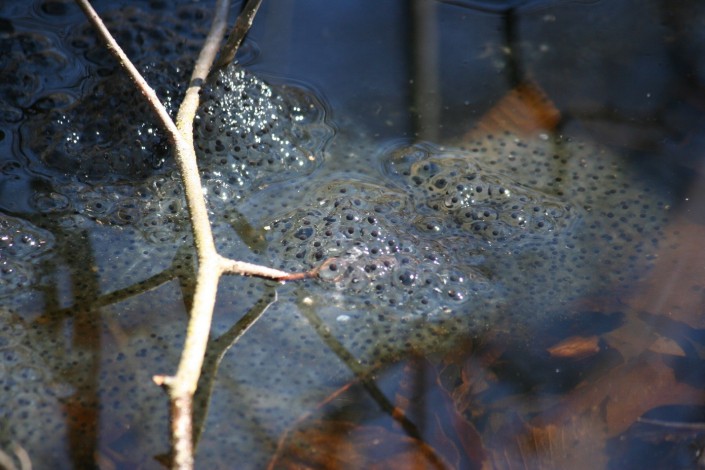New Jersey’s Field Guide to Freshwater Mussels is Here!
CONSERVE WILDLIFE FOUNDATION OF NEW JERSEY RELEASE A NEW STORY MAP: “FRESHWATER MUSSELS OF NEW JERSEY“
By Michael Davenport, GIS Program Manager
Freshwater mussels are distant relatives of marine mussels with a life cycle which includes a larval stage where they hitch a ride on fish as a parasite. There are a dozen species native to New Jersey and some species are known to live for over 100 years. This is an often overlooked group of species which deserves greater attention since many species are imperiled and because they are indicator species of water quality.
Conserve Wildlife Foundation of New Jersey (CWF) has partnered with the NJ Endangered and Nongame Species Program to create and release our latest Story Map, “Freshwater Mussels of New Jersey.”

This Story Map is a web-based field guide to New Jersey’s freshwater mussel species. The field guide explores the diversity of this group of species, how to identify them, their life history, threats and conservation measures, as well as providing range maps for each species. This is the only freshwater mussel field guide specific to the state of New Jersey and developed by state biologists.
Photos and interactive range maps are available for all 12 of New Jersey’s native species as well as several non-native species found within the state. Several short videos are also included which demonstrate different methods of surveying for freshwater mussels.
Funding for the creation of this Story Map was provided in part through a New Jersey Division of Fish & Wildlife grant.
